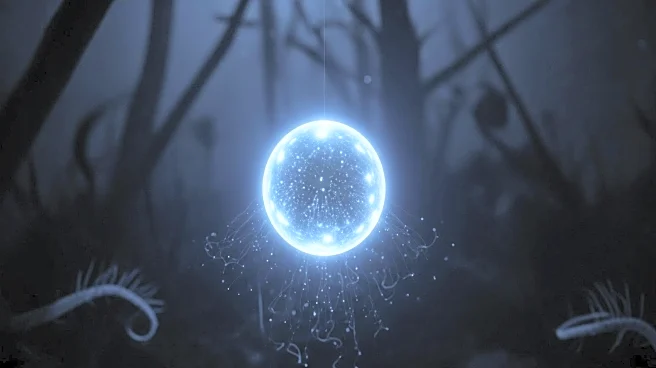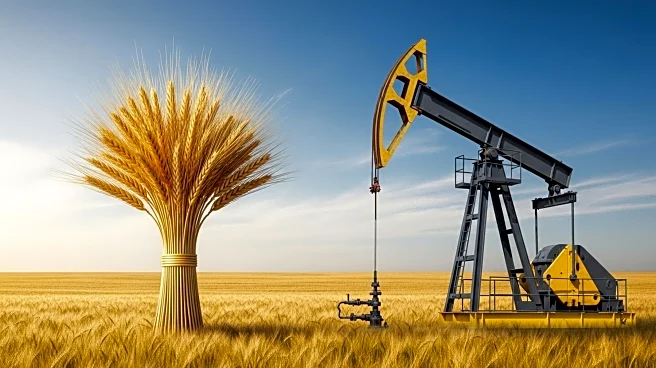What's Happening?
A recent study has discovered that the human body emits a faint visible light, which ceases at the moment of death. This phenomenon, known as ultraweak photon emission or biophoton emission, suggests that living organisms, including humans, mice, and plants, emit light particles as a byproduct of metabolic processes involving reactive oxygen species (ROS). The study, conducted by researchers from the University of Calgary and the National Research Council of Canada, utilized electron-multiplying charge-coupled device (EMCCD) cameras to detect these emissions, which are too weak to be seen by the human eye. The research involved imaging mice and plant leaves under stress conditions, revealing brighter emissions from damaged areas compared to healthy ones.
Why It's Important?
The discovery of biophoton emissions has significant implications for medical diagnostics and agriculture. By monitoring these emissions, it may be possible to assess tissue stress in humans, animals, or crops non-invasively, aiding in the detection of diseases or environmental damage. This could revolutionize how health and environmental conditions are monitored, providing a new tool for early diagnosis and intervention. However, the technology required to measure such faint light is complex, and practical applications are still in development.
What's Next?
Further research is needed to explore the practical applications of biophoton emissions in diagnostics and agriculture. Scientists will likely focus on refining the technology to measure these emissions more accurately and efficiently. Additionally, there may be efforts to understand the full range of conditions that affect biophoton emissions and how they can be used to detect specific diseases or environmental stressors.
Beyond the Headlines
While the idea of a biological glow may evoke notions of auras or paranormal phenomena, the researchers emphasize that their work is grounded in rigorous science. This study opens up new avenues for understanding the subtle energy fields surrounding living organisms and their potential applications in various fields.












